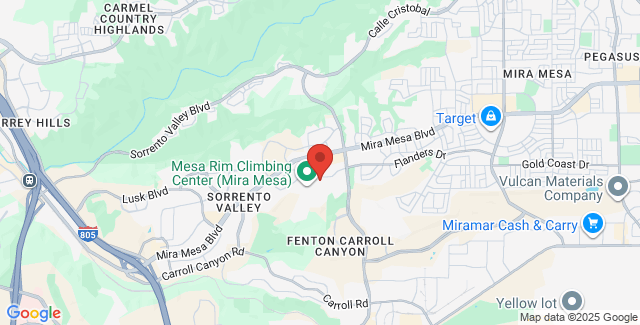Cerebral Palsy Treatment
Cerebral palsy is incurable, but there are therapies available that can make life easier and more productive. There is no cerebral palsy therapy that works on every patient. Each case is unique and therefore will require different types of cerebral palsy treatment, including physical therapy, exercise, and BOTOX® injections. A physician must work together with a team of healthcare professionals to determine the proper course of therapy.

Cerebral Palsy Health Care Experts
The cerebral palsy treatment team should be composed of health care experts from various backgrounds. Members should include the following health care professionals:
- A physician trained in helping developmentally challenged youth. The physician will be head of the team and will synergize the professional recommendations of all team members into an effective treatment program.
- An orthopedist. Having a specialist deal with bone-muscle-tendon issues is critical to the successful treatment of cerebral palsy.
- A psychologist can help patients and their families deal with the unique stresses of cerebral palsy. Sometimes patients need therapy to cure self-destructive behaviors. Psychologists can help adjust the parent's attitudes as well.
- A physical therapist can create a regimen of exercises designed to improve strength and movement.
- An occupational therapist can help the patient to function better in everyday life at school or work.
- A speech-language therapist can help the patient work out communication problems.
- A social worker can help the family gain access to community resources available to the disabled.
Cerebral Palsy Physical Therapy and Exercise
The aim of physical therapy is three-fold. First, the therapist seeks to avoid muscle atrophy. Muscle atrophy is the deterioration of muscular tissue from lack of use. The second goal is to avoid muscle contracture. Contracture occurs when muscles become frozen in an abnormal position. Third, a therapist will seek to improve the motor skills of a cerebral palsy patient. The physical therapy will include a cerebral palsy exercise program designed to improve the child's condition.
Cerebral Palsy Behavioral Therapy
This type of therapy utilizes psychological techniques to improve physical, mental, and communicative skills. The activities used vary greatly according to age and disability. Some will be used to discourage destructive behavior, others to encourage self-sufficiency. Ultimately, a behavioral therapist will act as a coach to the patient and family, suggesting ways to improve behavior, as most of the work will be done in the home.
Cerebral Palsy Drug Therapy
Cerebral palsy drug therapy is usually prescribed to control seizures associated with cerebral palsy. Different drugs are prescribed, as the seizures can have various causes. Because each case is unique, some drugs will work and some will not. A combination of medications may be prescribed to limit or stop the seizures altogether.
Drugs may also help in controlling spasticity. The three drugs commonly used to control spastic behavior are diazepam, baclofen, and dantrolene. These drugs work by altering or inhibiting the chemical processes of the central nervous system. All have certain side effects that should be discussed with a physician.
Cerebral Palsy Surgery
Surgery is often recommended when the patient is suffering from extreme contractures that are unresponsive to other forms of cerebral palsy therapy. Severe contractures will inhibit movement, balance, and coordination. Doctors can fix contractures by surgically lengthening tendons and muscles. Preoperative analysis is the key to a successful surgery.
Because movements like walking require more than 30 different muscles working in unison, it is important that the proper tendons and ligaments be adjusted. Analysis of a patient's gait when walking, using special computers, can help the cerebral palsy specialist to pinpoint muscles that need help. Research is currently underway to find new, more effective ways to use surgical measures in treating cerebral palsy.
BOTOX® Injections and Cerebral Palsy
For the past 10 years, BOTOX® injections have been used to treat some of the effects of cerebral palsy. BOTOX® injections have been used in a range of ways in the past decade due to its paralyzing effects on the muscles. When BOTOX® is injected into the muscle, it causes it to relax. This causes a reduction in muscle spasms and stiffness, allowing therapists to work with cerebral palsy patients in stretching the muscles. BOTOX® injections are not a cure for cerebral palsy, and treatment typically needs to be repeated every three to six months. Talk to a medical professional to learn more about BOTOX® treatment and cerebral palsy.
Devices for Cerebral Palsy Patients
In order to increase the independence of individuals with cerebral palsy, there are a number of different mobility aids used. Learn more about those mobility aids.
Talk to a Medical Professional or Attorney for More Information
To learn more about cerebral palsy treatment, including exercise routines, physical therapy, and BOTOX® injections, contact a cerebral palsy specialist today. If the condition resulted from medical malpractice, it is important to contact an attorney for a case review. You or your child may be eligible for financial compensation to cover the cost of cerebral palsy treatment.




